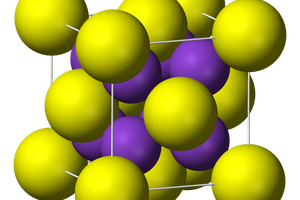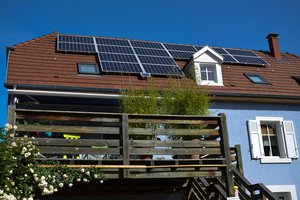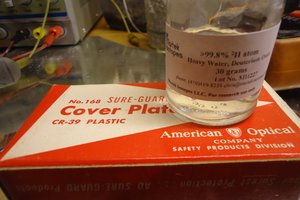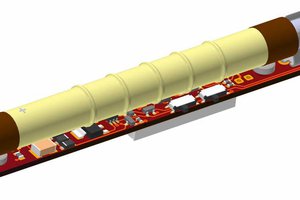Since I was a teenager, I have been hands-on working with electronics and DIY production.
In my experience, the recurring question you ask yourself while working with electronics, printed circuit boards and products is:
how can I design an object to make it last as long as possible?
Unfortunately, this question often does not even enter the office of many big manufacturers, who too often pose themselves the opposite question:
how can I design things that last just after the warranty period?
With this premise in mind, I decided to analyse today's electronics production and tried to offer an alternative both for the consumer and the producer.
A little bit of History and Research... Let's talk about E-WasteE-waste is one of the fastest-growing waste streams in the EU. It has grown by 8% in the last two years and is the fastest-growing kind of waste. Reaching 55.5 million metric tonnes worldwide in 2020 is expected to reach near 70 by the end of 2026. Of this waste stream, only 17.4% gets recycled, providing 10 billion dollars in raw materials. The remaining 82.6 % ends up being burned or in the landfill. This phenomenon is responsible for releasing 50 tonnes of mercury into our ground and 98 Million tonnes of Co2 in our atmosphere.
By recycling these flows, they would have provided 57 billion dollars in value in raw materials. It is also estimated that almost half of this waste stream is the result of a policy named Planned Obsolescence. This policy, born in 1932 from a series of essays of Economist Bernard London, suggests planning the obsolesce of newly designed products so that the new ones would be acquired to replace them and consequently stimulate production, as a way to end Depression.
The industry has shifted from replaceable batteries to sealed devices that are difficult and dangerous to repair. Electronics manufacturers have been using batteries to apply planned obsolescence to every appliance that requires portable power. In recent years the so-called Apple battery gate brought to light how a massive tech producer intentionally concealed problems with the battery of some iPhones to encourage users to update to newer models. Even though Apple could have disclaimed the battery problem related to their phones and consequently launch a replacement program, they decided to push a new software update that intentionally limited the device’s performance to cover for a faulty or undersized battery. The shady policy from Apple resulted in a fine from 34 US states of almost 114 million dollars.
About Lithium
Cairn Energy Research Advisors estimate growth in the lithium-ion industry from 100 gigawatt-hours (GWh) of annual production in 2017 up to almost 800 GWh in 2027. (Amit Katwala, 2018). It is possible to trace the source of this increase in demand to the Chinese 13th Five-Year Plan, where the government announced a great push towards electric mobility. It has led to an increase in lithium mining operations. As we move to a greener and electrically driven future, we must not forget the environmental dangers that electricity and, specifically, lithium pose to our planet. Almost half of the world lithium deposits are situated in South America, especially in Argentina, Bolivia and Chile. This so-called “Lithium Triangle” also happens to be one of the driest places on earth. The issue is that to mine lithium, miners drill holes on these rich salt flats and pump brine to the surface into massive evaporation pools, where the mixture is left to evaporate for 12-18 months. This process creates a mud plane composed of a mix of manganese, borax, potassium and lithium salts, progressively moved to cleaner open-air evaporation pools to distil the mixture. This process is relatively easy and cheap yet very water-intensive. Almost 2millions litres of water are needed to produce a tonne of lithium. In areas like Chile’s Salar de Atacama, these mining activities consume around 65% of the entire...
Read more » Okoku
Okoku
 MECHANICUS
MECHANICUS
 Michel Kuenemann
Michel Kuenemann

 Raddet
Raddet